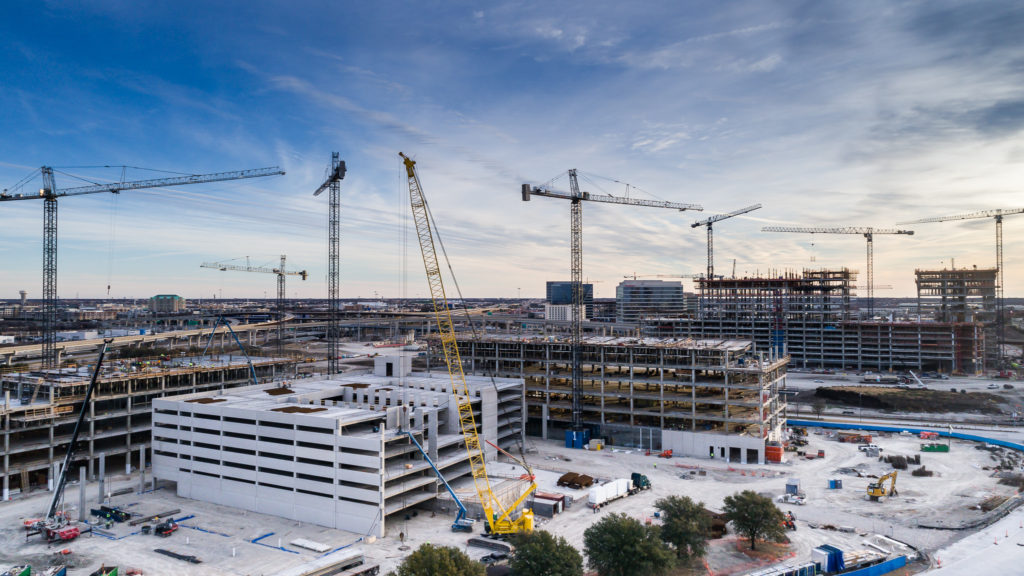STC offers safety solutions and safety courses for your business contact us today to find out what we can do for you!
Safety Staffing for Agriculture, Aviation, Construction, Entertainment, Manufacturing, Oil & Gas, Transportation, Legal, Insurance, Texas, Dallas, Amarillo
The overarching purpose of a safety job briefing is to identify, evaluate, and control hazardous situations. While many workers would view these discussions as boring and/or a waste of time, the safety briefing has potential to be the most interactive, enlightening, and intriguing part of the work day if properly planned and executed with meaning. Here are the 9 ways to keep safety briefings fresh, collaborative, and effective:
- Grab the crew’s attention.
- What is the purpose of the job and how does the work done affect the outcome of the business? If people believe in what they’re doing and can see the good in it, they need to be consistently reminded of how they fit into the overall purpose.
- Ensure the location of the brief is in a distraction-free setting, phones are put down, and eyes/ears are on the person giving the briefing.
- Review the scope of work for the day.
- Review each member’s tasks (if in a smaller group) and go through the schedule chronologically, ensuring counterparts understand activity outside of their work.
- Allow crew members to further explain specific tasks to promote collaboration and teamwork to understand how everyone’s tasks fit together in the overall scheme.
- Ask for previous experiences in the project’s specific type of labor.
- Give experienced crew members an opportunity to share previous scenarios and how those situations were handled.
- Allow for crew members to take partial ownership of the safety briefing by sharing best practices in similar situations to the current project at hand.
- Consider new and different safe techniques to execute the job.
- If there is a new worker on site, allow him/her to share any new methods learned during their instruction.
- Review all tools used during work to ensure familiarization and any need for additional or refresher training for inexperienced crew members.
- Allow time for coaching and mentoring before starting new work.
- Once tools and techniques have been reviewed, allow for hands-on time for all workers to be familiarized so they feel safe and confident moving forward.
- This type of collaboration produces trust and security among crew members giving way for each person to be looking out for one another instead of focusing solely on their own tasks.
- Stay on a set agenda but take note of points that need to be reinforced.
- Pay attention to crew members’ body language and engagement level throughout the safety briefing to remember which points need to be emphasized towards the end.
- Keep workers engaged by asking questions or making them go into more detail regarding specific job hazards.
- Continually give crew members opportunities to ask questions.
- Briefly pause between discussion points to allow for crew members to ask questions or spur further discussion for the good of everyone on site who may have similar questions.
- Verify that the crew clearly understands each section of the safety briefing.
- Ask one crew member to cover the scope of work.
- Ask another worker to identify the hazards on the site.
- Ask another person to give emergency instructions.
- Ask another member to describe any new techniques or tools to be used.
- Fill out appropriate documentation for completed safety briefing.
- Make sure all present crew members sign the roster and understand the intent of the documentation showing that they are fully aware of on-site hazards.
- Assign one or a few crew leaders to be point(s) of contact for questions or concerns on the site when it comes to tools, techniques, and/or emergency situations.

Since so much planning goes into job execution, it is imperative to set the tone first and foremost by providing a quality, comprehensive safety briefing. One answered question or period of instruction could save someone’s life.
STC believes in outcomes-based activity in which the “little things,” such as safety briefings, end up shaping the big picture of an organization through its culture, level of teamwork, and overall effectiveness on job sites.
If you are in need of assistance with safety briefings, trainings, or general consulting for your organization, please reach out to the Business Development Manager, Ryan Brence (469)500-2502, for more information.
References:
Richardson, Jessica. “How to Deliver an Effective Safety Job Briefing.” Professional Safety, March 2017, pp. 36-37.
The Occupational Safety and Health Administration (OSHA) has issued a final rule to help alleviate chronic beryllium disease and lung cancer in American workers by reducing their exposure to beryllium and putting controls in place to limit and monitor employee risks.
While the final rule was originally schedule to take effect on March 21st, OSHA is now proposing to delay the effective date to May 20th to allow for further review and consideration.
Although there is a chance for this rule to be delayed, it is in the best interest of all employers and employees within construction and general industry to be aware of the effects of beryllium and the imminent requirements to come for their workplace.
Beryllium is most often used in forms of metal, oxide, or as an alloy combined with other commonly used metals. Workers in industries where the element is present may be exposed by either inhaling beryllium or contacting it on working surfaces. The possible resulting risks include developing chronic beryllium disease (CBD) or lung cancer.
In order to combat these risks and long-term effects associated with beryllium, OSHA’s new rule provides key requirements for employers to take action to reduce exposure. Here are the main four requirements:
- Decrease the permissible exposure limit (PEL) for beryllium to 0.2 micrograms per cubic meter of air, averaged over 8 hours.
- Establish a new short term exposure limit for beryllium of 2.0 micrograms per cubic meter of air, over a 15-minute sampling period.
- Require employers to use controls to reduce employee exposure to beryllium. Employers will be required to provide respirators when controls cannot limit exposure. Additionally, employers must develop a written exposure control plan and train workers on beryllium hazards.
- Require employers to make available medical exams to monitor employee exposure to beryllium and ensure medical removal protection benefits are in place for employees who obtain CBD or lung cancer.
Until further notice of a delay date of May 20th, all requirements will take effect on March 21st. Industries exposed to beryllium have one year from the effective date to comply with most requirements, two years to provide required changed rooms and showers, and three years to implement engineering controls (i.e. ventilation or enclosure).
If your organization is in need of assistance with beryllium control measures in the workplace, training on the topic, or written safety plans to comply with this new OSHA rule, please contact your STC point of contact or reach out to STC’s Business Development Manager, Ryan Brence (469) 358-8289 for more information.
“Final Rule to Protect Workers from Beryllium Exposure.” United States Department of Labor – Occupational Safety and Health Administration. 2 March 2017, https://www.osha.gov/berylliumrule/index.html.
If you’re trying to get your company’s safety program to be compliant with workplace health and safety requirements, it’s important to first know what the standards are. While there are thousands of directives maintained by various entities in our country, it is very important to be aware of the Occupational Safety and Health Administration (OSHA) laws and the American National Standards Institute (ANSI) standards which apply to your specific industry. Here are the top 5 facts to keep in mind when it comes to understanding the relationship between OSHA and ANSI and how they complement and affect one another:
- OSHA’s laws and government standards are mandatory, and legal action can and will be enforced if not followed. However, OSHA typically only sets a general framework to safeguard workers against hazards.
- ANSI is often considered the “gold standard” for safety. These standards are established by private groups made up of industry leaders which provide greater direction, depth and details needed for meeting and exceeding OSHA compliance directives.
- ANSI standards are generally voluntary. However, it is possible that ANSI standards could be made mandatory if they are incorporated by reference. This means that OSHA has cited a specific ANSI standard and then enforces it.
- Your organization can still be cited for not following voluntary ANSI standards. In the event of an OSHA citation, it could be found that although a company did not follow a voluntary ANSI standard, its failure to adopt an industry best practice (found in ANSI) resulted in not abiding by the federal requirement.
- Many times, ANSI standards can be considered too rigorous or expensive for companies to follow; however, OSHA often leaves it up to the company’s discretion to decide how to go about implementing internal safety policies, programs, and procedures. It is imperative to be aware of both the OSHA laws and ANSI standards associated with your industry to be fully compliant.
If you want to take your safety program to the next level by becoming more aware of OSHA laws and the associated ANSI standards for your industry, please reach out to your local STC point of contact or STC’s Business Development Manager, Ryan Brence at (469) 500-2502, who will provide you with additional information. Thank you, and have a great (and safe) day!

